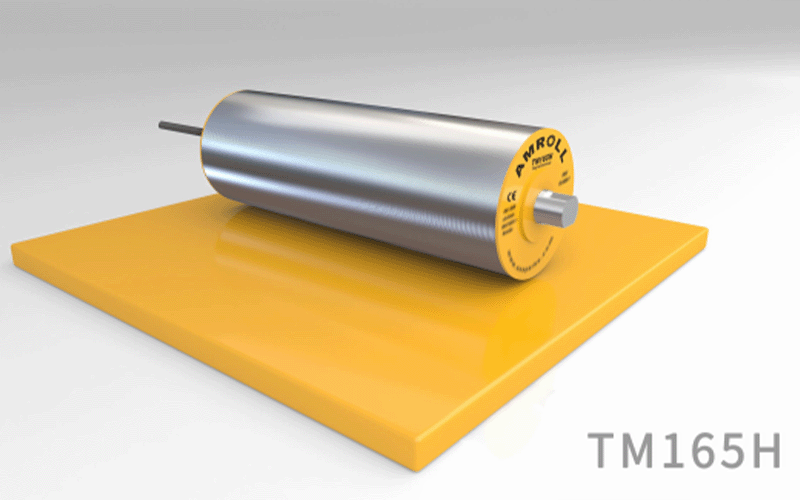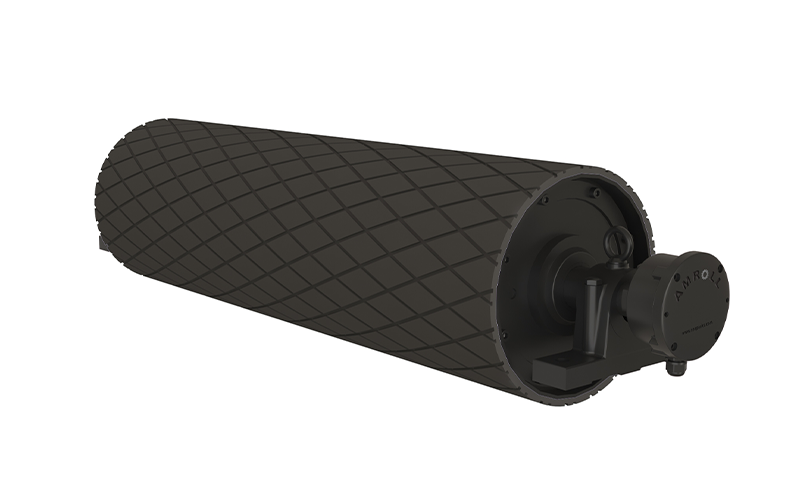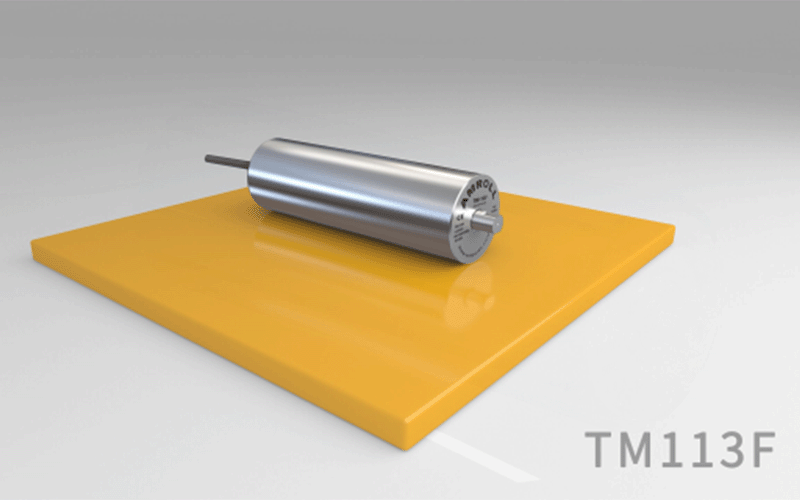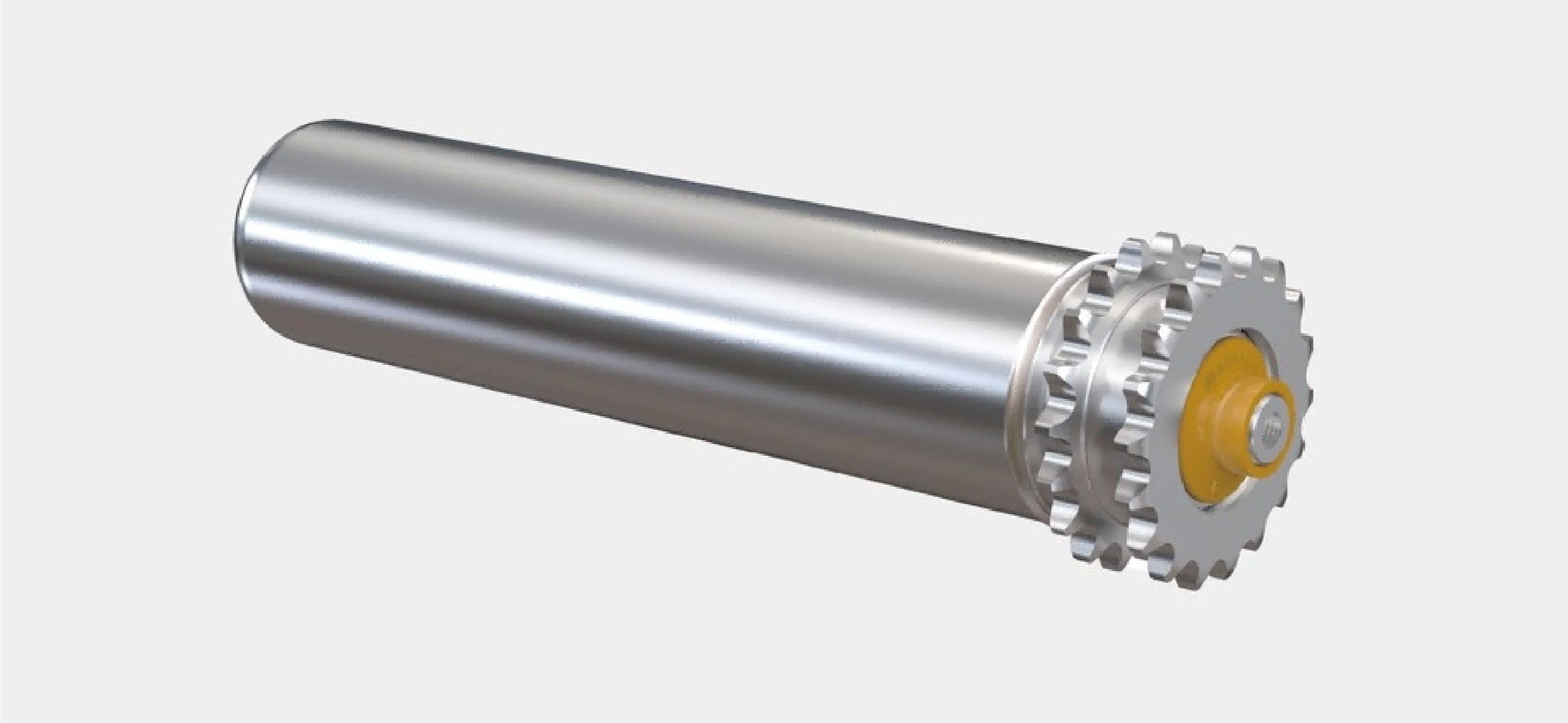Urban and rural residents' income levels have continued to rise, leading to significant changes in consumer attitudes. With higher expectations for quality of life, residents are increasingly demanding various fresh and green food products. This places high demands on the timeliness of logistics services.

According to recent news reports, as soon as the cherry trucks arrived at the wholesale market, merchants flocked to empty them of cherries.
In fact, cherries are always in high demand at this time of year, especially as the Lunar New Year approaches, leading to increased demand for high-quality fresh food products.

"The New Retail" Leading the Development of the Logistics Industry
With the internationalization of e-commerce and the rapid development of "new retail" in the fresh food industry, higher demands are placed on the comprehensive logistics service capabilities.
The cold chain logistics industry will also evolve in line with the demands and channels brought by "new retail," including operational upgrades through integration with cloud-based big data, integration of the entire industry chain with upstream and downstream partners, and the emergence of new consumer scenarios through the integration of the supply chain with other industries.
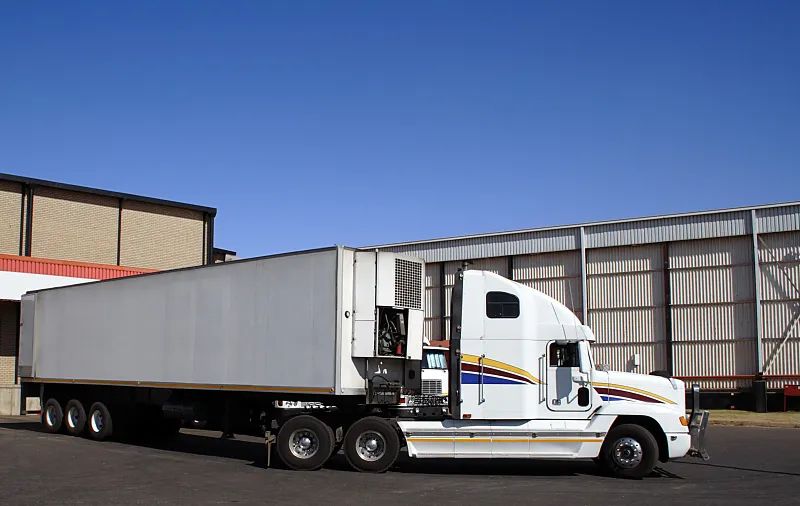
The cold chain logistics market may be on the brink of an explosion.
Cold chain logistics has been attracting increasing attention, especially in sectors related to people's livelihoods. As an important segment market under the backdrop of consumption upgrading, cold chain logistics has experienced rapid development in recent years and still holds immense market potential in the future. With the opening up of relevant policies related to public health, such as the pandemic, the cold chain logistics market may now be on the verge of a comprehensive explosion.
The traditional logistics storage model is no longer sufficient to meet the storage requirements of the cold chain industry. The cold chain sector has raised higher demands for supply chain optimization, intelligent manufacturing, and the smart and informatized storage of logistics. Therefore, to enhance the level of cold chain logistics services, it is necessary to continuously improve the delivery system solutions, choose efficient conveying equipment, achieve automated conveyance, and enhance work efficiency.

Conveying equipment is a mechanical device that transports food raw materials or finished products along a certain route in a continuous manner. Currently, there is a wide variety of food conveying equipment available on the market.
Compared to traditional external drive equipment, Seaparks Motor Driven Roller Conveyors (MRCs) assemble all components such as the motor and reduction gear within a sealed drum, allowing direct power transmission to the surface of the roller. This significantly shortens the transmission process, greatly enhancing the efficiency of the motor's operation. It is also safer, more environmentally friendly, and energy-efficient, providing enterprises with a better production experience.

Seaparks focuses on addressing the challenges and innovation requirements that concern customers, providing competitive conveying equipment transmission solutions and services, and continuously creating maximum value for customers.


